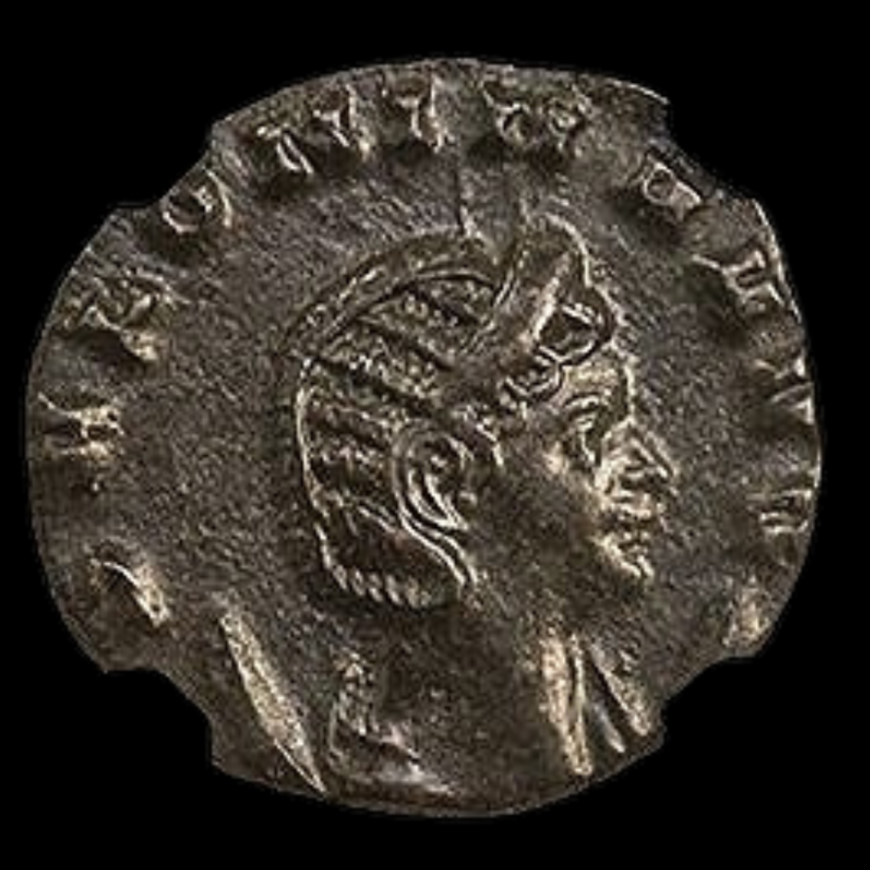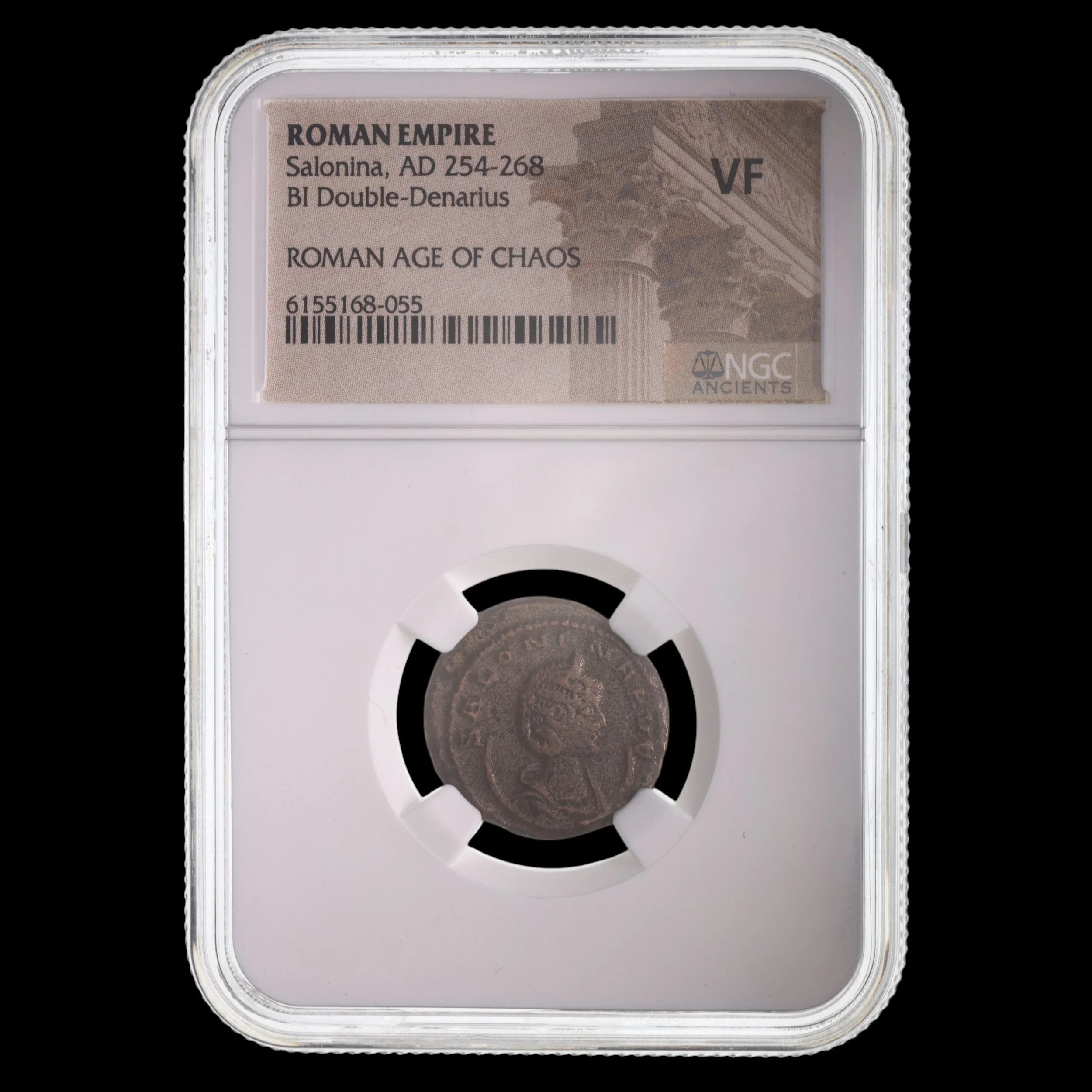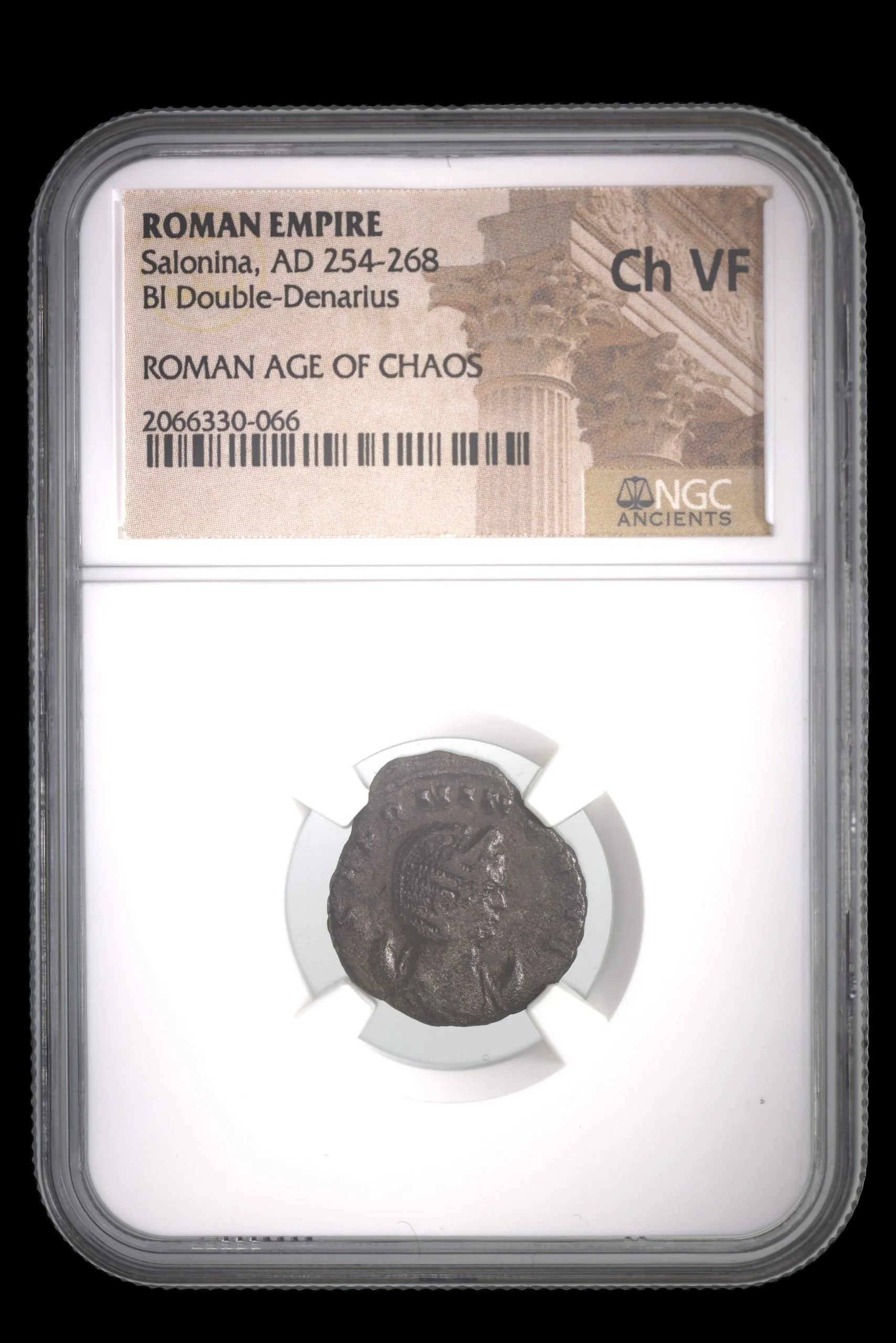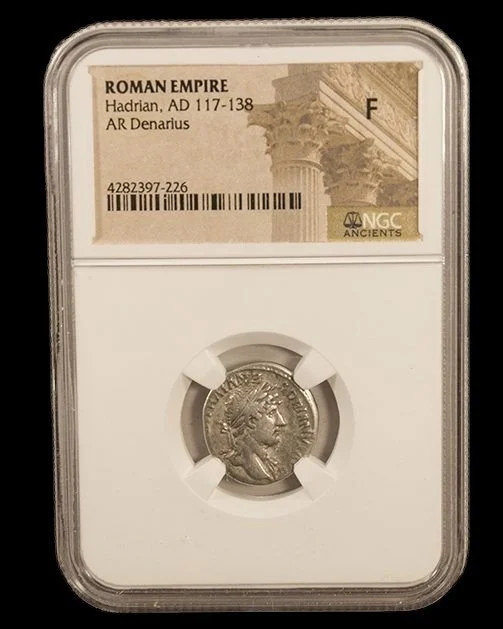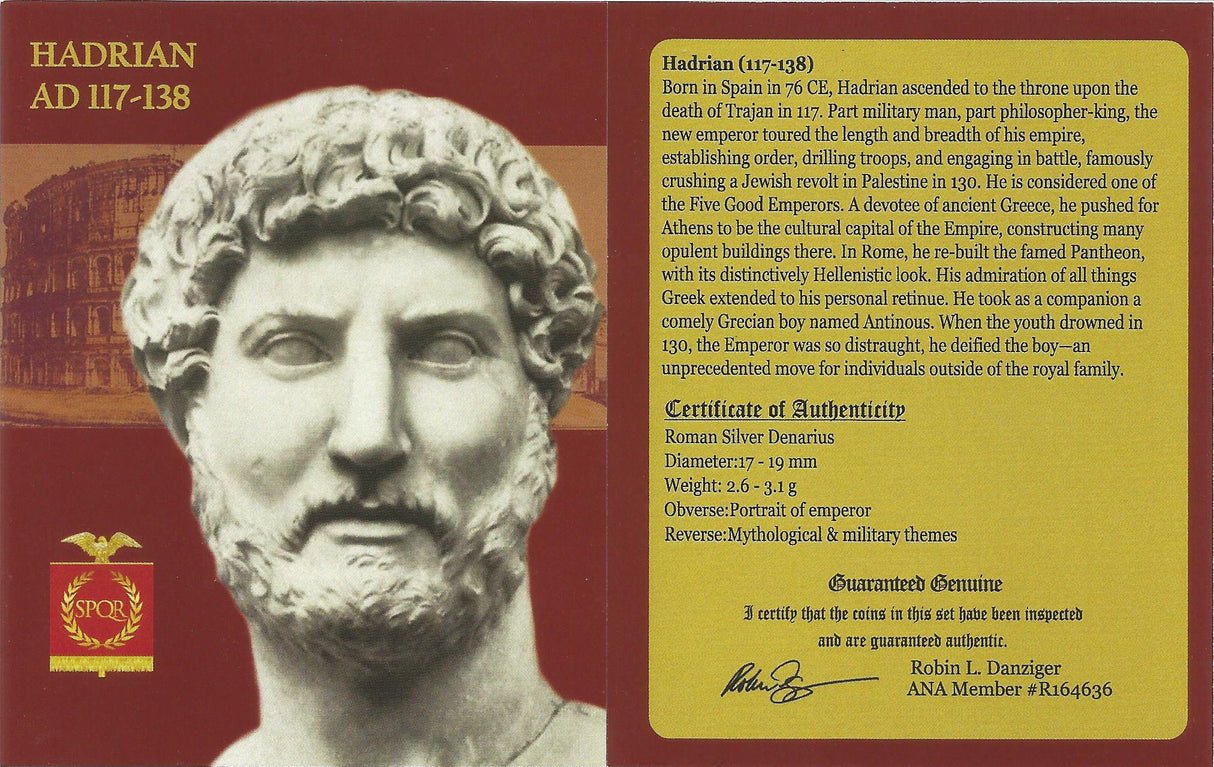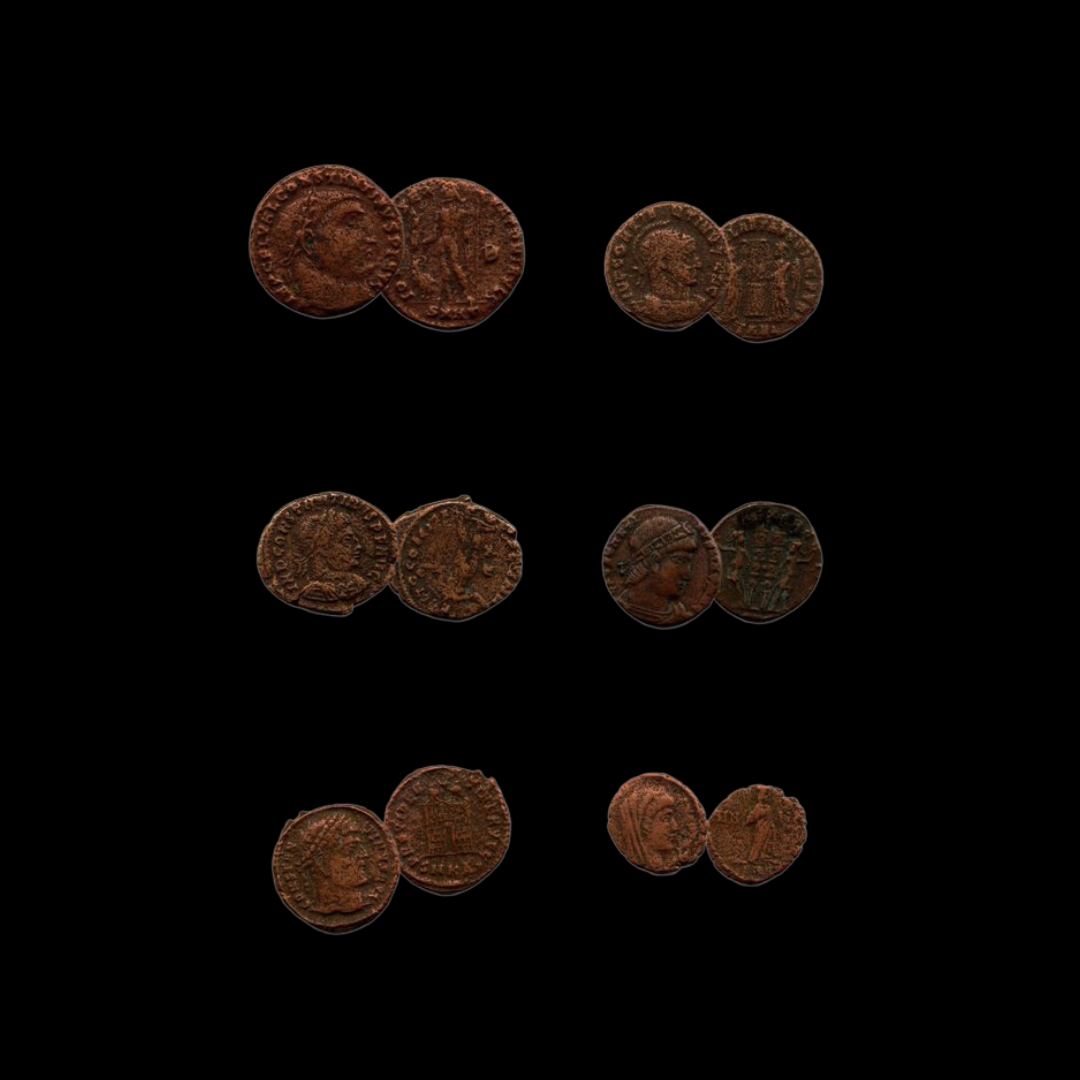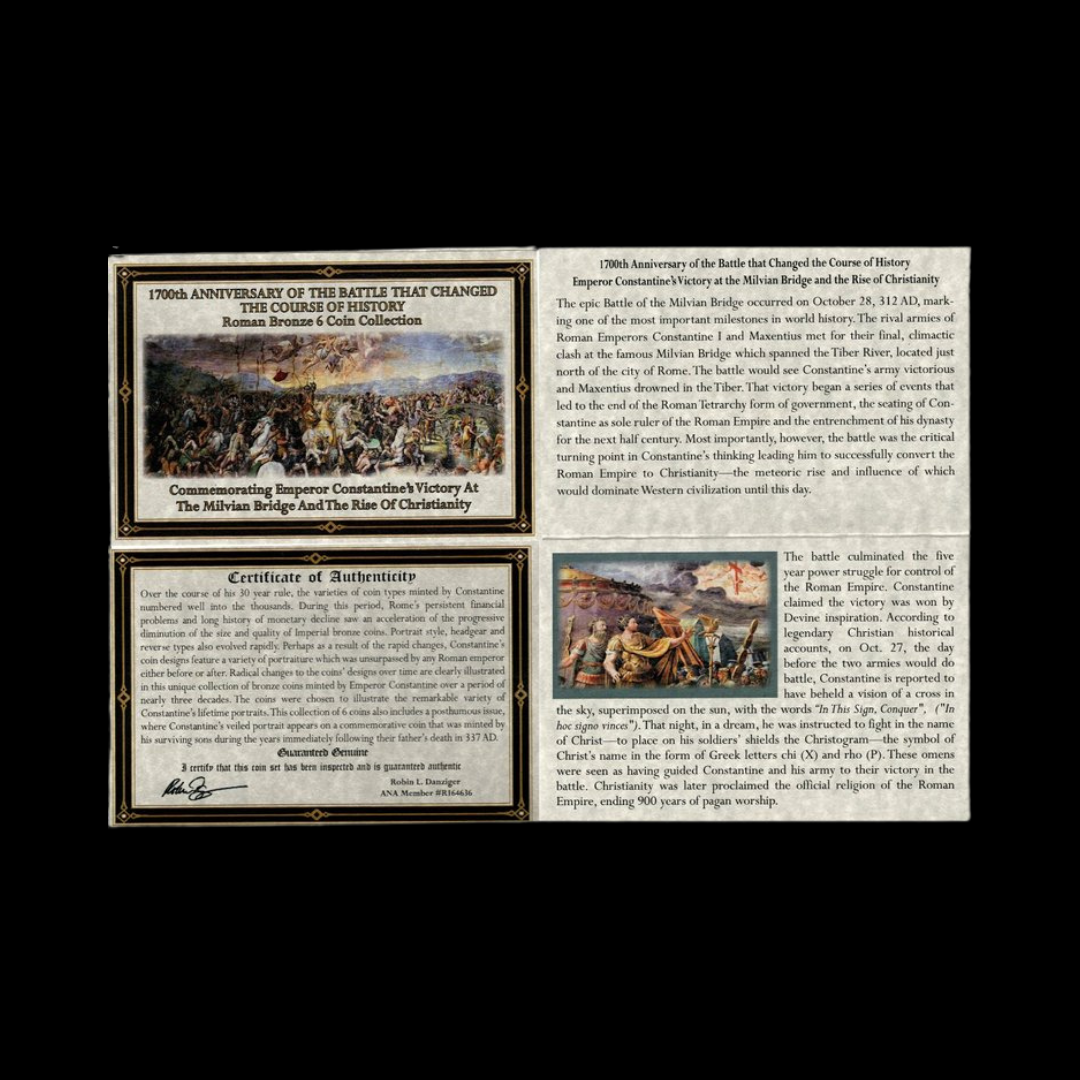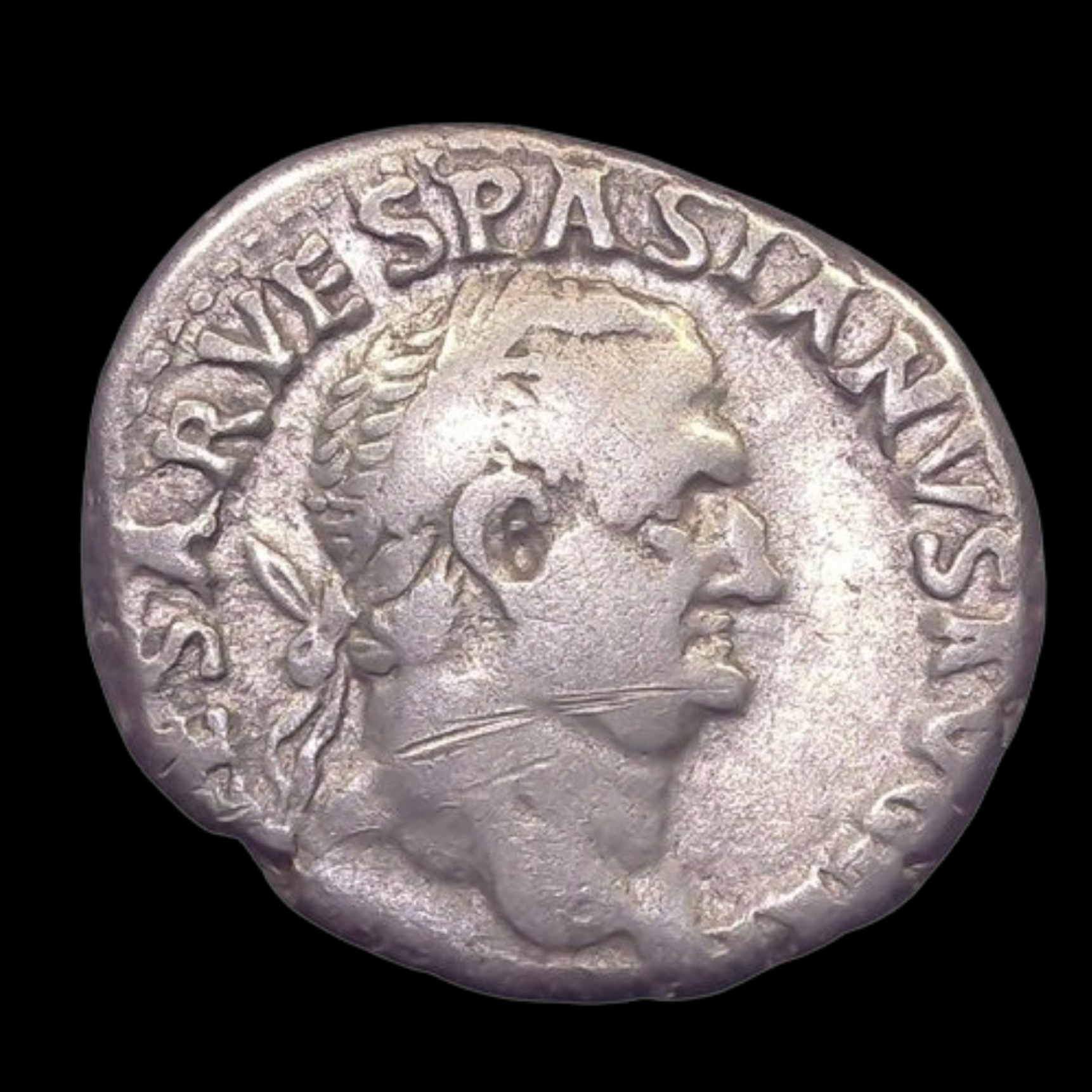 Image 1 of 2
Image 1 of 2

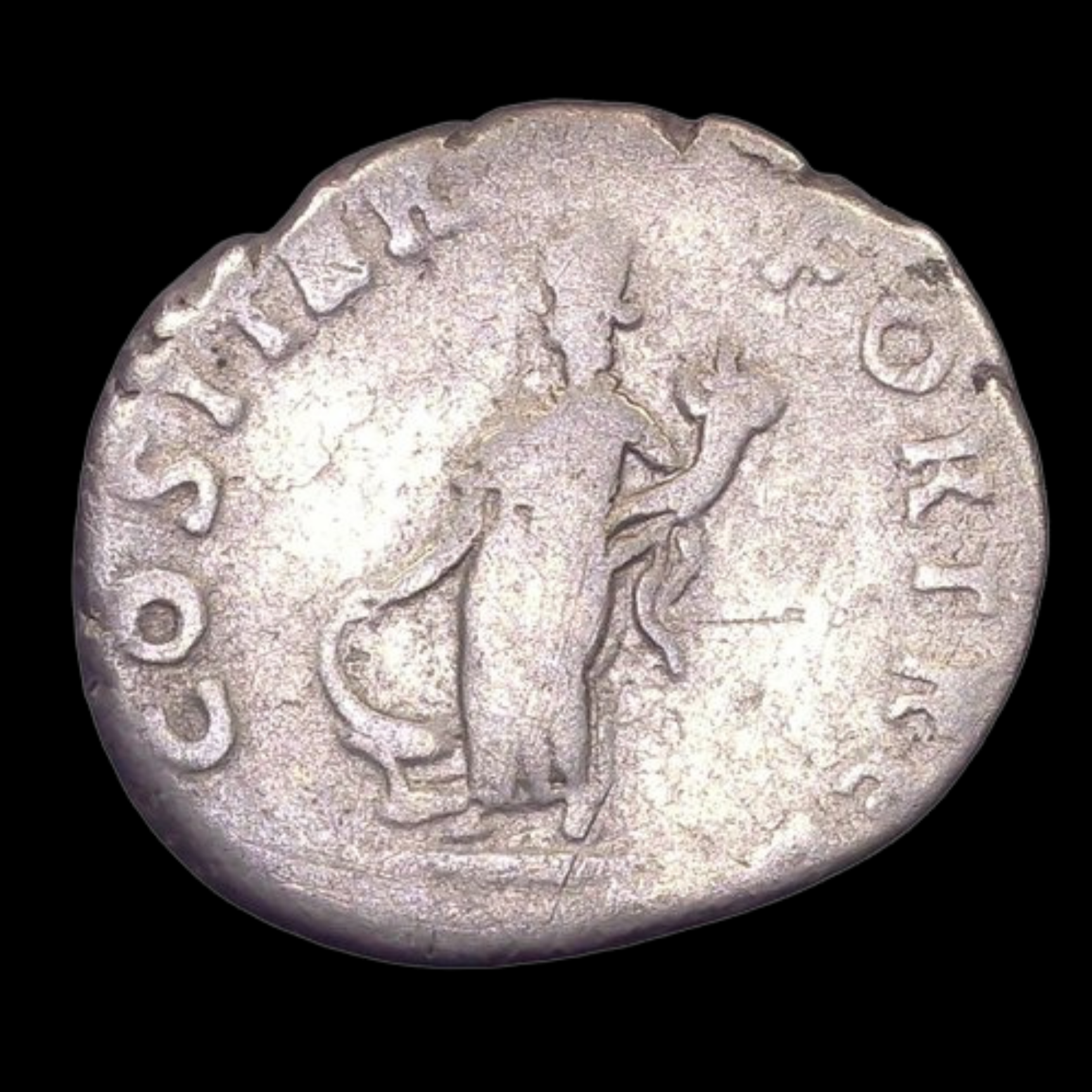 Image 2 of 2
Image 2 of 2



Roman Empire Silver Denarius of Vespasian (about 1950 years ago)
This silver coin was minted in Lugdunum (modern Lyon, France) during the early reign of Emperor Vespasian, who restored stability to the Roman Empire after the chaotic Year of Four Emperors. As the standard silver denomination of Roman currency, the denarius facilitated commerce throughout the vast territories under imperial control.
Coin Description:
Front side: Laureate head of Vespasian facing right with Latin inscription "(IMP C)AESAR VESPASIANVS AVG (TR P)" (Emperor Caesar Vespasian Augustus, Holder of Tribunician Power)
Back side: Fortuna (goddess of fortune) standing left, holding the prow of a ship and cornucopia (horn of plenty); inscription "COS ITER - FORT RE(D)" (Consul for the second time, Fortune Returned)
Technical Details:
Silver composition, weighing 3.37 grams
Denarius denomination (standard Roman silver coin)
Reference: RIC-1105 (R2 indicating significant rarity)
No certification mentioned
Date: 70 CE, minted at Lugdunum
Condition: Not specified
Historical Significance:
This rare coin was struck shortly after Vespasian secured power, ending the civil wars that followed Nero's suicide. The "Fortune Returned" inscription celebrates the restoration of stability to the empire. The cornucopia symbolizes prosperity, while the ship's prow references naval power and possibly Vespasian's successful campaigns. Lugdunum (modern Lyon, France) served as an important western mint, helping finance military operations and administration throughout the provinces.
This silver coin was minted in Lugdunum (modern Lyon, France) during the early reign of Emperor Vespasian, who restored stability to the Roman Empire after the chaotic Year of Four Emperors. As the standard silver denomination of Roman currency, the denarius facilitated commerce throughout the vast territories under imperial control.
Coin Description:
Front side: Laureate head of Vespasian facing right with Latin inscription "(IMP C)AESAR VESPASIANVS AVG (TR P)" (Emperor Caesar Vespasian Augustus, Holder of Tribunician Power)
Back side: Fortuna (goddess of fortune) standing left, holding the prow of a ship and cornucopia (horn of plenty); inscription "COS ITER - FORT RE(D)" (Consul for the second time, Fortune Returned)
Technical Details:
Silver composition, weighing 3.37 grams
Denarius denomination (standard Roman silver coin)
Reference: RIC-1105 (R2 indicating significant rarity)
No certification mentioned
Date: 70 CE, minted at Lugdunum
Condition: Not specified
Historical Significance:
This rare coin was struck shortly after Vespasian secured power, ending the civil wars that followed Nero's suicide. The "Fortune Returned" inscription celebrates the restoration of stability to the empire. The cornucopia symbolizes prosperity, while the ship's prow references naval power and possibly Vespasian's successful campaigns. Lugdunum (modern Lyon, France) served as an important western mint, helping finance military operations and administration throughout the provinces.


